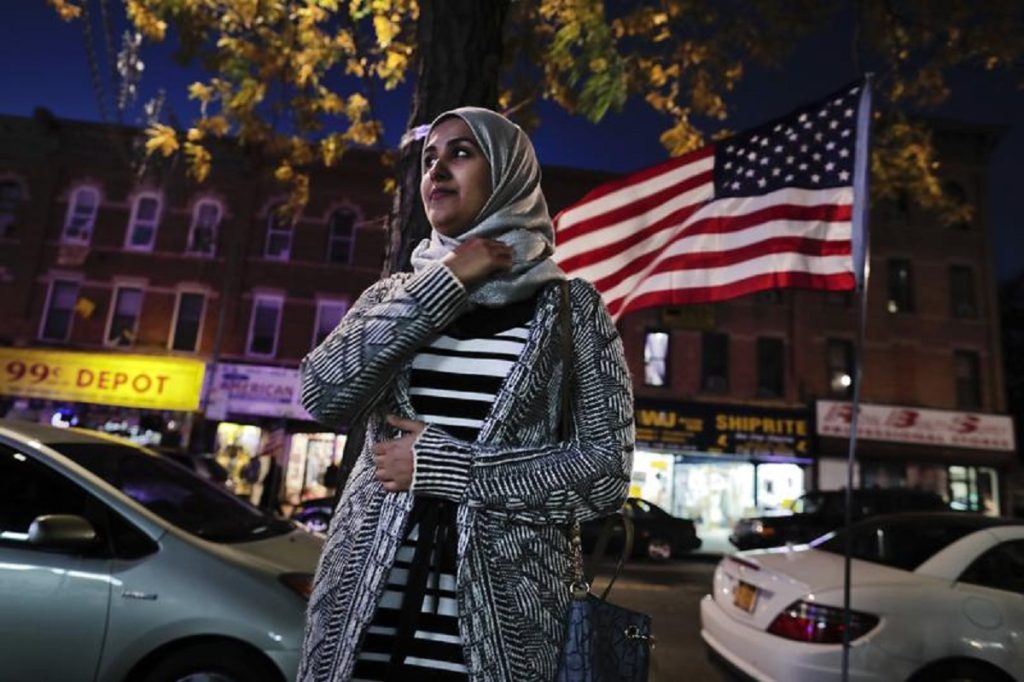In 2025, Muslims in the United States continue to encounter various forms of racism and Islamophobia—ranging from hate crimes and microaggressions to workplace discrimination and biased government policies. While American society has made strides toward diversity and inclusion, these efforts are unevenly implemented and often insufficient in protecting Muslim Americans from both overt and subtle discrimination.
Persistent Islamophobia in Public and Policy
A recent report from civil rights organizations such as the Council on American-Islamic Relations (CAIR) and the Southern Poverty Law Center (SPLC) highlights a concerning trend: anti-Muslim hate incidents remain elevated compared to pre-2016 levels. In fact, CAIR reported a 13% increase in Islamophobic incidents in 2024, with schools, airports, and online platforms being key hotspots.
Many Muslims still experience racial profiling by law enforcement, particularly in airports and border zones, where “random” security checks disproportionately affect people with Arabic names, hijabs, or beards.
Discrimination in the Workplace and Schools
Muslim professionals continue to face challenges in employment and career advancement. Common issues include:
-
Pressure to “Americanize” names or appearances
-
Bias during interviews
-
Retaliation for requesting religious accommodations (like prayer breaks or hijabs)
-
Harassment or isolation in predominantly non-Muslim workplaces
In schools, Muslim students—especially girls who wear the hijab—report bullying, stereotyping, and underrepresentation in curriculum content. In some states, political discourse has even fueled anti-Muslim sentiment in education policies.
Social Prejudice and Public Perception
Despite efforts to promote tolerance, public perception of Muslims in many parts of the U.S. remains tainted by post-9/11 narratives and more recent media portrayals. For instance:
-
Surveys in 2025 reveal that 1 in 3 Americans still associate Islam with violence
-
Muslim men and women report being stared at, avoided, or verbally harassed in public
-
Anti-Muslim graffiti and vandalism remain common in certain neighborhoods
Notably, cities with large and visible Muslim populations—such as Dearborn (Michigan), Paterson (New Jersey), and Hamtramck (Michigan)—have become both safe havens and flashpoints in the national conversation on Islamophobia.
Intersectionality: Muslims Who Are Also Black, Immigrant, or LGBTQ+
For many Muslims who belong to additional marginalized groups—such as African Americans, immigrants, or LGBTQ+ individuals—discrimination becomes compounded. Black Muslims in particular face racism not just from wider society but sometimes from within Muslim communities as well.
Legal Protections and Civil Advocacy
There are legal frameworks meant to protect Muslims—such as the Civil Rights Act, Title VII, and various state-level anti-discrimination laws. However, enforcement is often slow or inconsistent.
Advocacy groups like CAIR, MPower Change, and Emgage continue to push for stronger policy protections, better hate crime reporting, and increased representation of Muslims in politics, media, and education.
In 2025, more Muslim Americans are running for office, being elected as mayors (such as Adam Elharby in Hamtramck), and taking leadership roles in civil society—challenging stereotypes and helping reshape public perception.
Hope Through Community and Resilience
Despite these challenges, Muslim communities in the U.S. are resilient. Mosques, community centers, and interfaith coalitions play a critical role in providing support, education, and unity. Young Muslim Americans are increasingly vocal, visible, and active in civil rights campaigns, showing that change is both necessary and possible.

